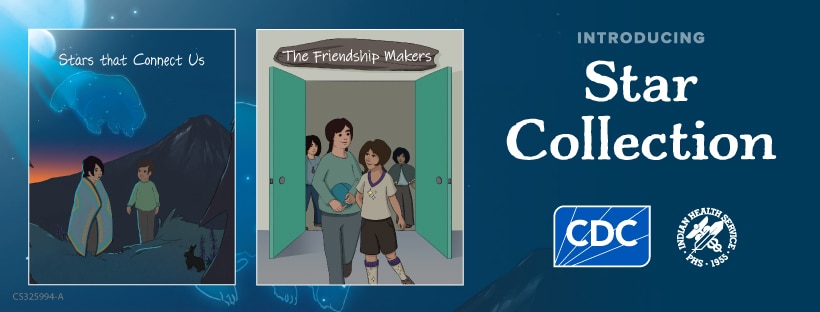Purpose
- CDC commits to creating injury prevention programs in tribal communities.
- CDC recognizes tribal sovereignty and the centrality of tribal cultures, languages, and practices to achieve and sustain optimal health, wellness, and safety in Indian Country.
Overview
Each tribal community is unique with its own set of traditions, languages, practices, connections to elders, and social ties. Tribal communities work with the support of CDC's National Center for Injury Prevention and Control (Injury Center) to prevent injuries, the leading cause of death for American Indians and Alaska Natives (AI/AN) between the ages of 1 and 54.
The Injury Center partners with and supports tribal communities, federally recognized tribes, Tribal Epidemiology Centers, tribal organizations, and Indian Health Service to improve health and wellness.
Explore topics
This page defines adverse childhood experiences, presents the latest data, and describes outcomes.
CDC is committed to addressing drug overdose in tribal communities.
CDC funding supports tribal organizations' suicide prevention efforts.
Explore proven strategies to reduce motor vehicle injuries and deaths among tribal communities.
Some racial and ethnic groups have higher drowning death rates.
CDC's work to prevent violence against American Indian and Alaska Native People.
Star Collection

The Star Collection books features and celebrates feeling connected to culture and community and having positive relationships with others that are safe, stable, and nurturing.